(NADS) - The Cham, one of the oldest ethnic minorities in Vietnam, has contributed significantly to the diverse picture of national culture. The traditional rituals, unique music and exquisite cuisine of the Cham not only reflect the unique features of life but are also cultural treasures that need to be preserved and cherished.
Harmony with heaven and earth
Cham rituals are imbued with spirituality, a harmonious combination of religion, belief and daily life. Among them, the Kate festival is the most important event of the year, held in the 7th month of the Cham calendar (around October of the Gregorian calendar). This is an occasion for Cham people to remember their ancestors, kings and gods, and pray for favorable weather and bountiful harvests.
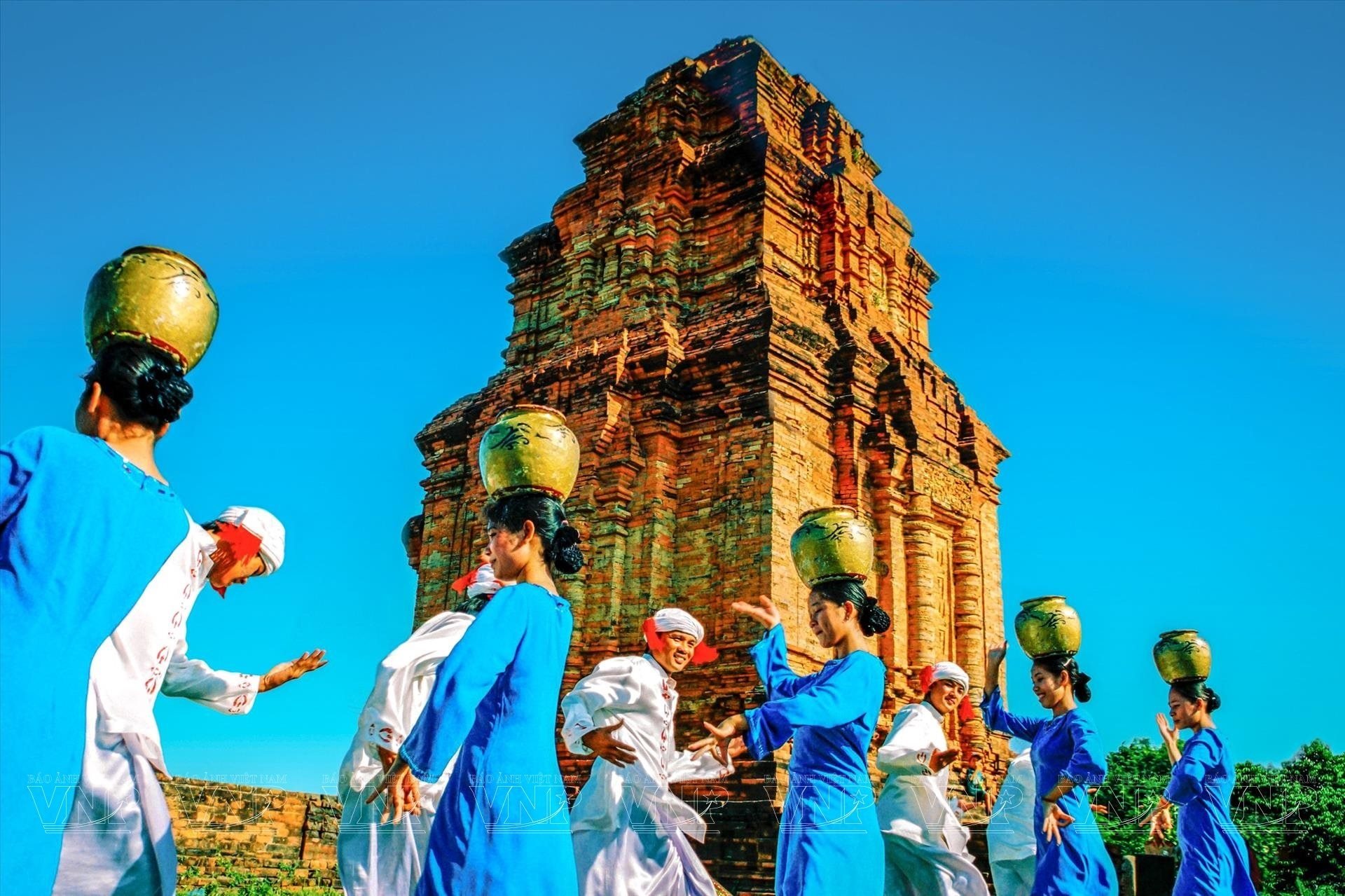
The Kate Festival takes place at ancient Cham towers such as Po Klong Garai and Po Nagar. It begins with the bathing ritual of Linga and Yoni statues, symbolizing fertility and growth. This is followed by offering rituals, mingled with the solemn sounds of ginang drums, saranai trumpets and graceful traditional dances. The festival atmosphere is a blend of sacredness and excitement, where the community together turns to their roots.
Echoes of the Soul
Cham music is a precious heritage, bearing the mark of a once brilliant civilization. Traditional instruments such as ginang drum, saranai trumpet, kanhi (Cham's two-stringed fiddle) are not only means of performance but also a bridge between humans and gods.
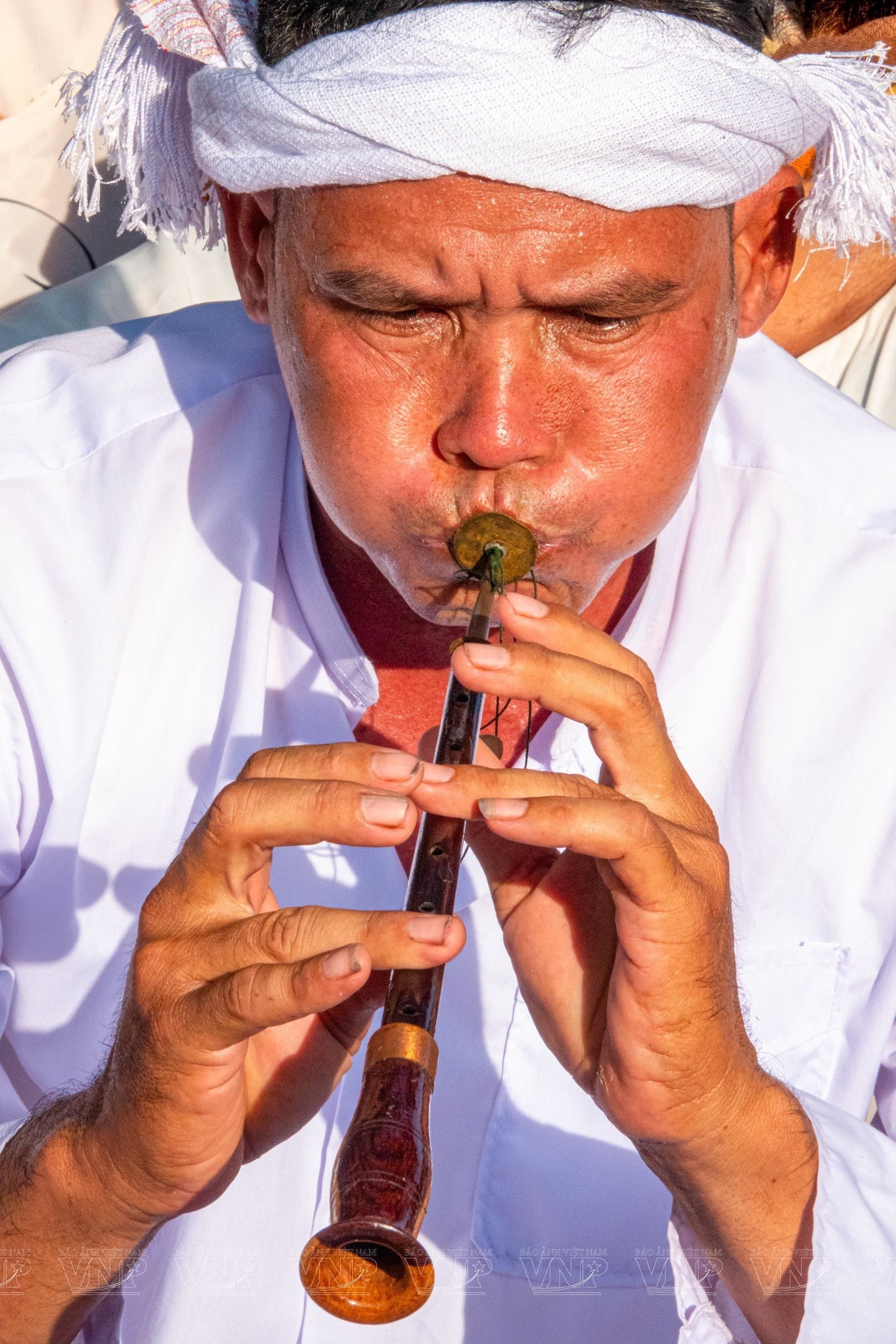
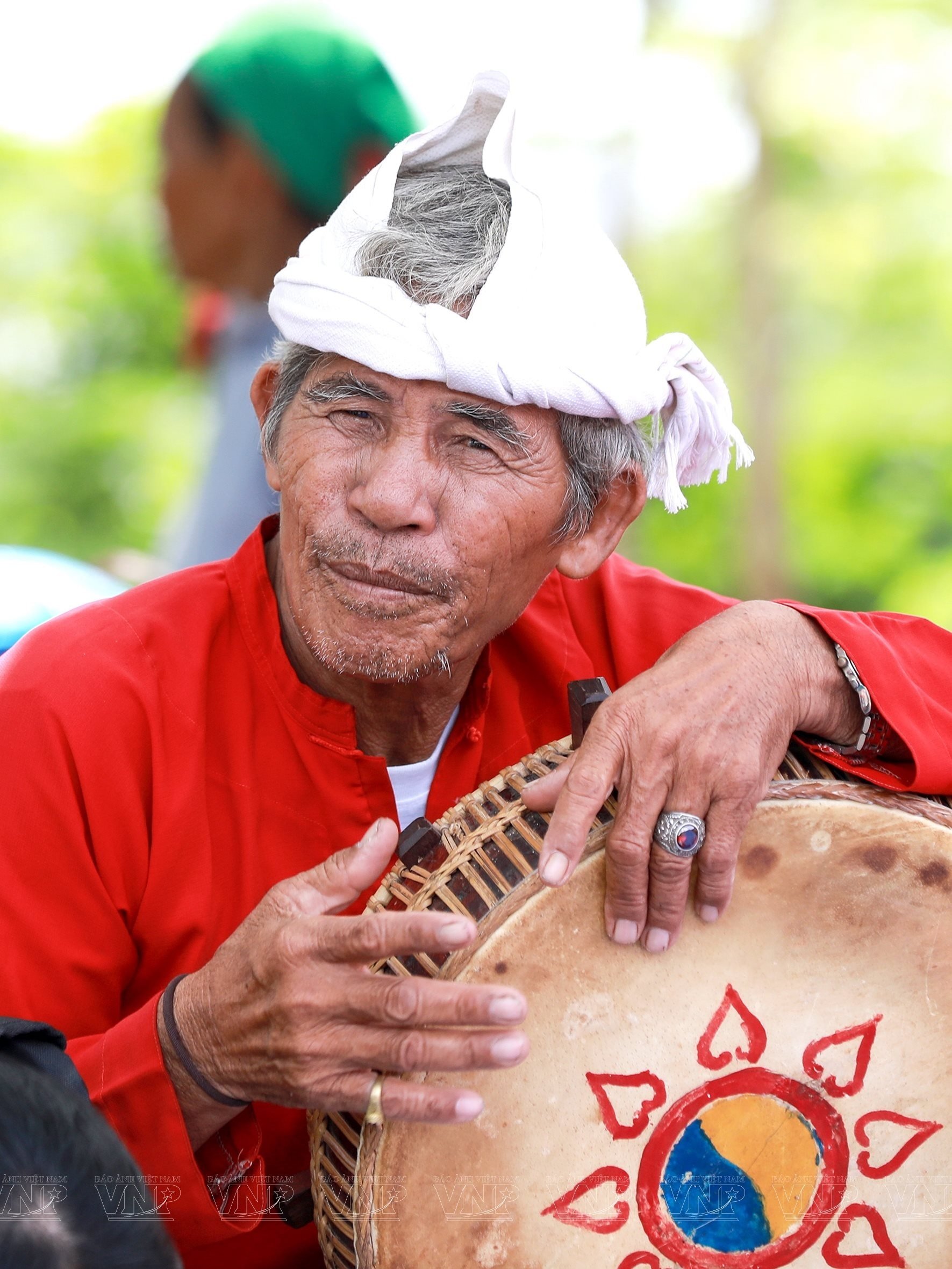
Cham music often has a fast, strong rhythm in rituals, but also has deep, soulful moments in folk songs. In particular, the apsara dance – inspired by fairies in Indian mythology – shows sophistication and grace through each movement, reflecting the rich spiritual life of the Cham people.
The blend of culture and life
Cham cuisine is a world of unique flavors, rich in identity. Cham dishes often use natural ingredients, harmoniously combining spices and traditional processing techniques.

One of the most famous dishes is Cham curry, also known as "ca pua". This dish is made from goat, beef or chicken, cooked with typical spices such as turmeric, cinnamon, and star anise. The rich, fatty flavor of this dish is a perfect blend of traditional Cham cuisine and the influence of Indian cuisine.
In addition, the Cham people are also famous for gingerbread – a crispy cake made from glutinous rice flour and palm sugar, with a sweet taste. These dishes not only demonstrate the culinary skills but are also associated with festivals, becoming an indispensable part of cultural life.
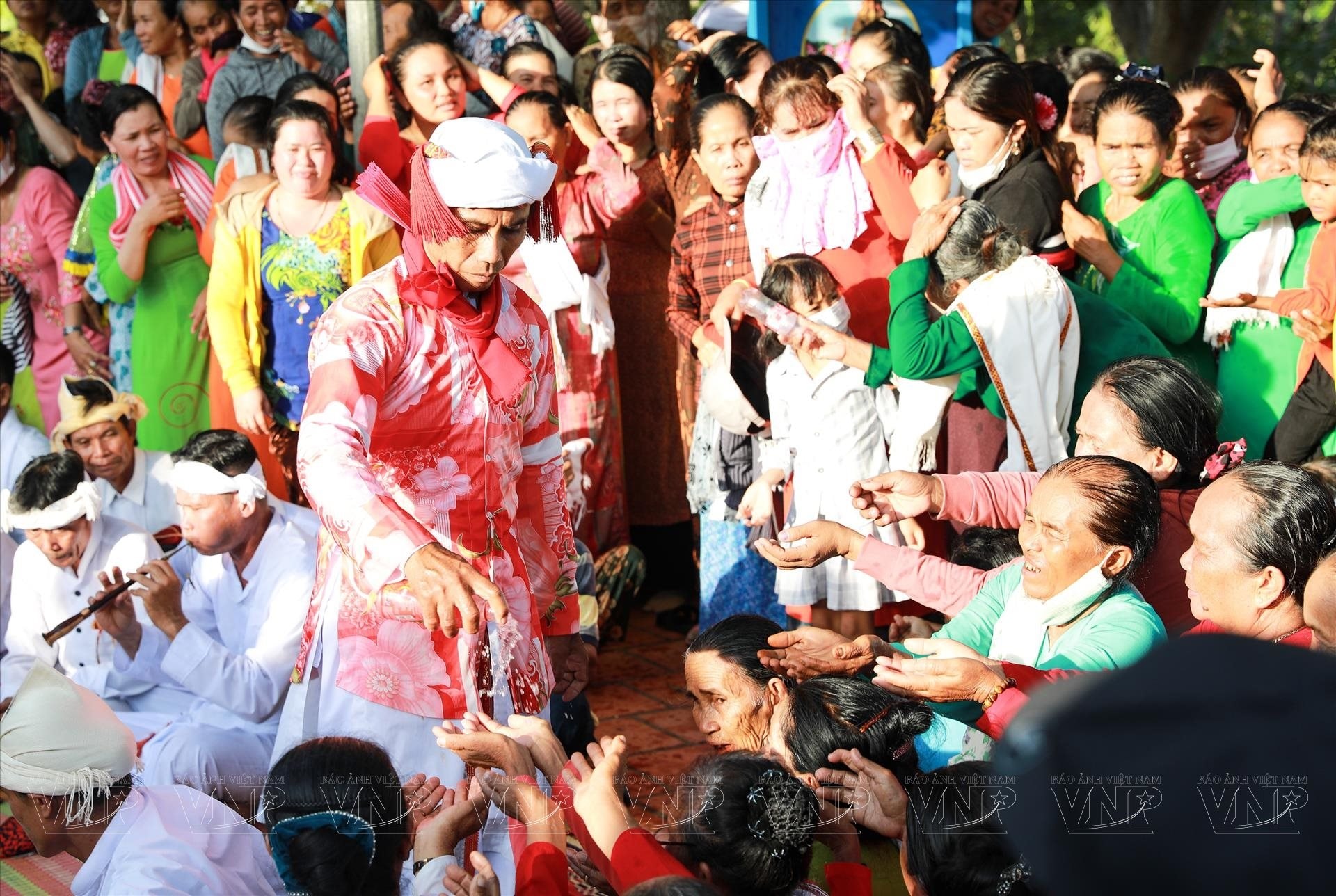
Connection with modernity
Although modern life has brought many changes, the Cham people still maintain their traditional values. Rituals, music and cuisine not only exist in community life but also become highlights attracting domestic and foreign tourists. Festivals, craft villages and traditional dishes have contributed to promoting Cham cultural identity to international friends, creating a special highlight on the Vietnamese cultural map.
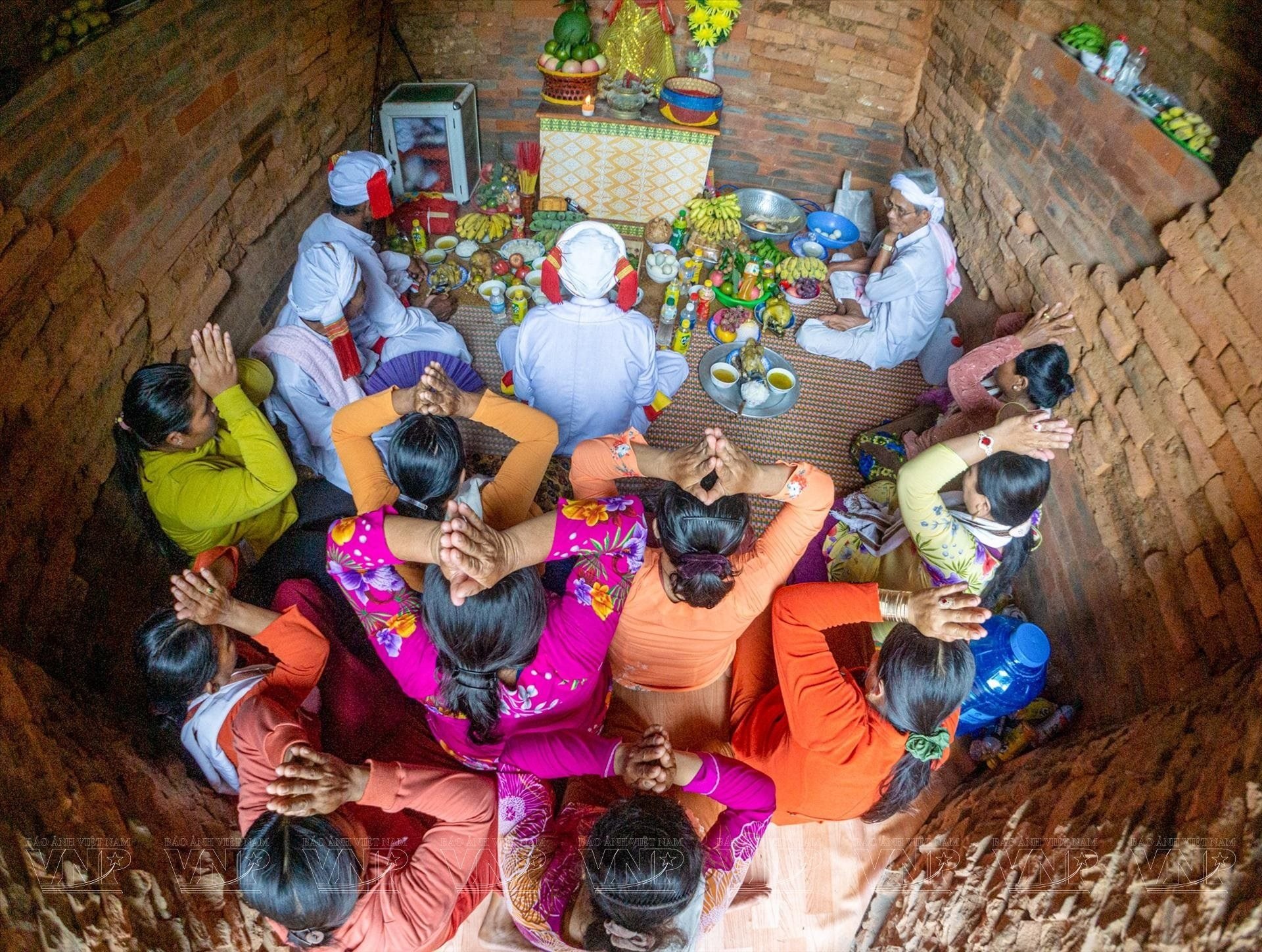
The cultural imprint of the Cham people is a vivid picture, crystallized from the history, beliefs and creativity of a nation rich in traditions. Rituals, music and cuisine not only reflect the rich life but are also invaluable heritages, contributing to the diversity and richness of Vietnamese culture. Preserving and promoting these values is the way for us to show gratitude and preserve precious values for future generations.
Source: https://nhiepanhdoisong.vn/dau-an-van-hoa-doc-dao-cua-nguoi-cham-15611.html


![[Photo] Prime Minister Pham Minh Chinh attends the Patriotic Emulation Congress of Hanoi city](https://vphoto.vietnam.vn/thumb/1200x675/vietnam/resource/IMAGE/2025/10/10/1760078918257_dsc-2008-jpg.webp)
![[Photo] Standing member of the Secretariat Tran Cam Tu works with the Standing Committee of the Party Committee of the Ministry of Health](https://vphoto.vietnam.vn/thumb/1200x675/vietnam/resource/IMAGE/2025/10/10/1760079818773_image-4-6972-jpg.webp)
![[Photo] "Exposing letters" in the flood center of Lang Son](https://vphoto.vietnam.vn/thumb/1200x675/vietnam/resource/IMAGE/2025/10/10/1760080117518_ndo_br_z7101324112737-07cd4d1c01801a8ccf4ae0cbaf31c4a3-507-jpg.webp)
![[Photo] Unique Phu Gia horse hat weaving craft](https://vphoto.vietnam.vn/thumb/1200x675/vietnam/resource/IMAGE/2025/10/10/1760084018320_ndo_br_01-jpg.webp)













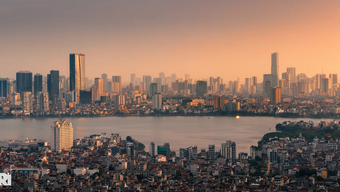





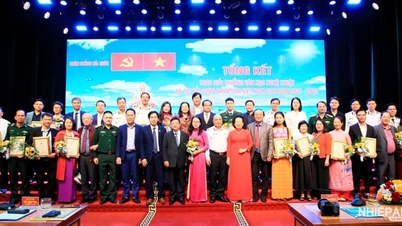








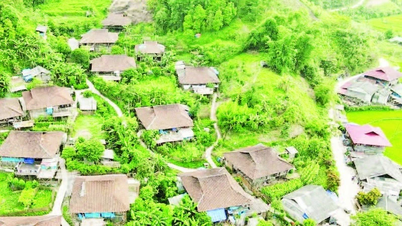

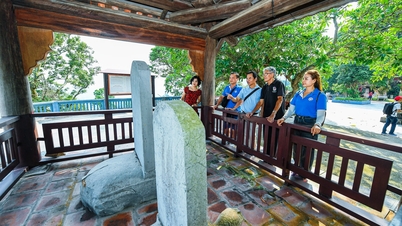
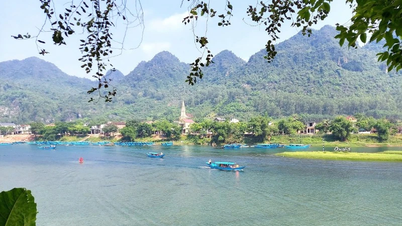




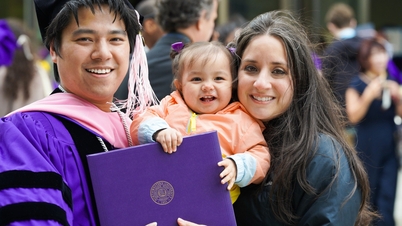





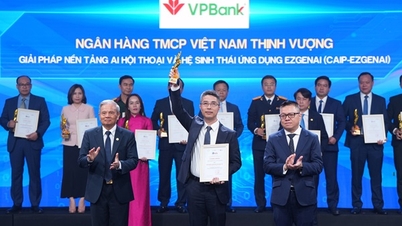












![[Photo] President Luong Cuong presents decisions on conferring titles and appointing Vietnamese Ambassadors](https://vphoto.vietnam.vn/thumb/402x226/vietnam/resource/IMAGE/2025/10/10/1760082105623_image-1.jpeg)

















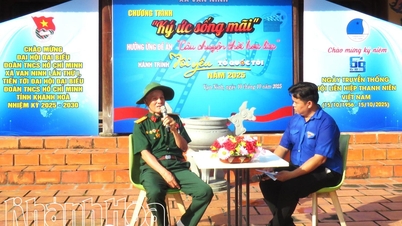

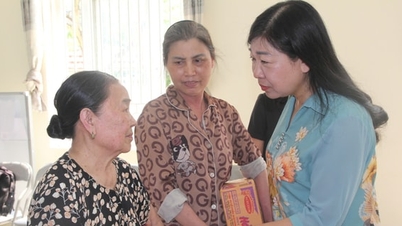










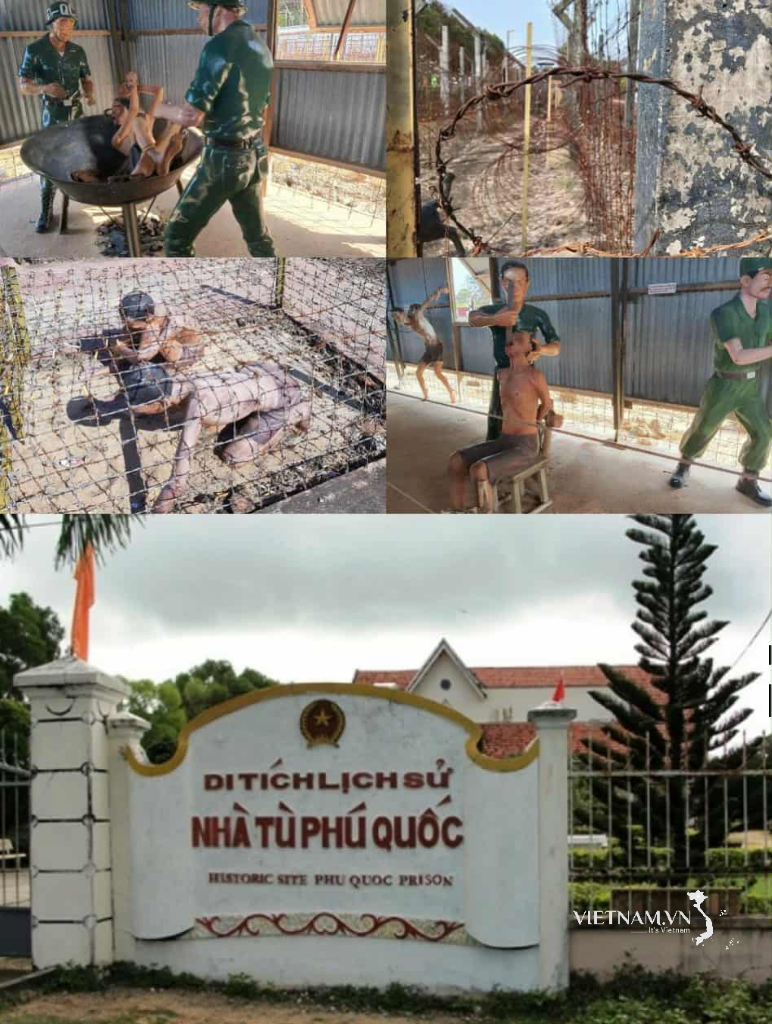



Comment (0)